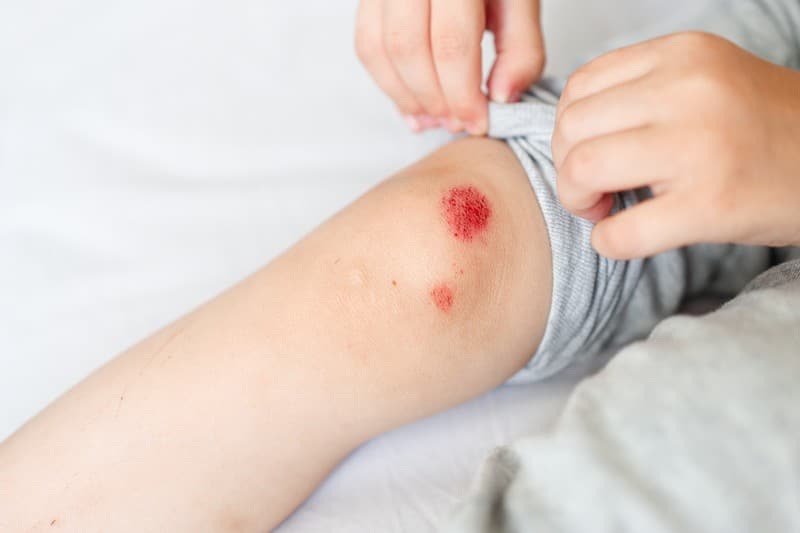Infection

Some viral or bacterial infections around the joint could lead to cartilage deterioration. Sometimes, the area can develop skin lesions that eventually penetrate the synovial membrane (soft connective tissue) and the joint. In addition, people who contract septic joint or joint infection, recurrent staph infection around a joint, or gout are at higher risk of developing septic arthritis later.
Septic arthritis is the infection of joint tissues and fluid due to various fungi, viruses, and bacteria, as well as trauma or animal bite. Symptoms of septic arthritis include redness, swelling, warmth, joint pain, and fever. Doctors say the person needs quick treatment with antibiotics to prevent damage to the joint.
It can affect people of different ages, from infants to older adults. Moreover, persons who have artificial joints are susceptible. The knees are the most commonly affected by septic arthritis, but it can also affect other joints, the shoulders, and the hips.
However, the symptoms will likely develop months or years after the joint replacement surgery. The infection could loosen the joint, making it painful to move. The person could also feel pain when putting weight on it. There is also the risk of dislocating the joint.










